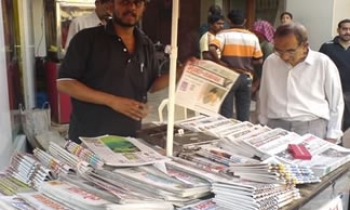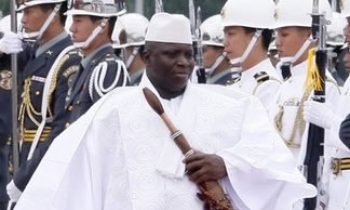Blogging, or weblogging, where people post content they generate online, is becoming big business. More than 120 000 new blogs are created each day, according to blog search engine Technorati. There are about 70m blogs worldwide, Technorati estimates, though only a fraction are updated regularly. Most blogs have only a handful of readers. But some, such as Daily Kos and Instapundit, both US political blogs, have struck it big. A few are attracting more than 1m readers a day, more than most newspapers.
Local politicians who blog include President Thabo Mbeki and DA leader Tony Leon. A visit to local blog tracking engines Amatomu and Afrigator shows that blogging is fast taking root in SA. The two sites, both launched last month, "aggregate" blog posts and help deliver readers to SA blogs.
Afrigator, which aggregates content from all over Africa, was created by Web entrepreneurs Mike Stopforth and Justin Hartman; Amatomu, which focuses exclusively on SA, is the brainchild of Mail & Guardian Web strategists Matthew Buckland and Vincent Maher.
Buckland says it's difficult to know how many South Africans are blogging but that dozens of new blogs are being started every day. The most popular SA blogs, says Amatomu, include one created by rugby writer Mark Keohane and one about infertility by another Capetonian, Tertia Albertyn.
Many traditional publishers are casting a wary eye on the phenomenon. Unlike journalists at reputable publications, bloggers don't subscribe to a code of conduct, are not bound to ethical standards in their reporting, and don't have ombuds to hear complaints.
Still, Buckland thinks blogging is good for journalism. "It's good because journalism has more watchdogs. There are blogs set up to watch specific publications, so it keeps journalists on their toes. It's the fifth estate watching the fourth estate."
Blogging is not necessarily good, though, for the owners of the printing presses. The Internet, Buckland says, is challenging the media establishment and creating a much more fragmented media community. But he views blogging as an adjunct to journalism rather than a replacement for it. Still, individuals are becoming media owners, he says, and are competing with big media for audience and adspend.
A handful of SA journalists have started to blog on a limited scale, sometimes with the backing of their publishers. I recently started an FM-branded technology news and opinion blog, FM Tech, and have been amazed at how quickly it has taken off. FM Tech recently secured its first advertising contract.
Another journalist who has embraced blogging is Ray Hartley, editor of The Times, a soon-to-be-launched daily newspaper in the Johncom stable. Hartley, who has been blogging about the title at wildfrontier.wordpress.com, wants to marry traditional print media with the Web.
He says in a blogpost that The Times is "throwing out the traditional newsroom model and going for a totally integrated print and Web operation. This means that multimedia producers will sit with reporters and photographers, plan together and teach each other skills."
Traditional newsrooms have to cater to readers who are as likely to get their news and opinion from the Web as from a newspaper. News Corp CEO Rupert Murdoch said in a speech earlier this month that traditional media companies needed to embrace this. "The digital native doesn't send a letter to the editor any more," he said. "She goes online and starts a blog."









